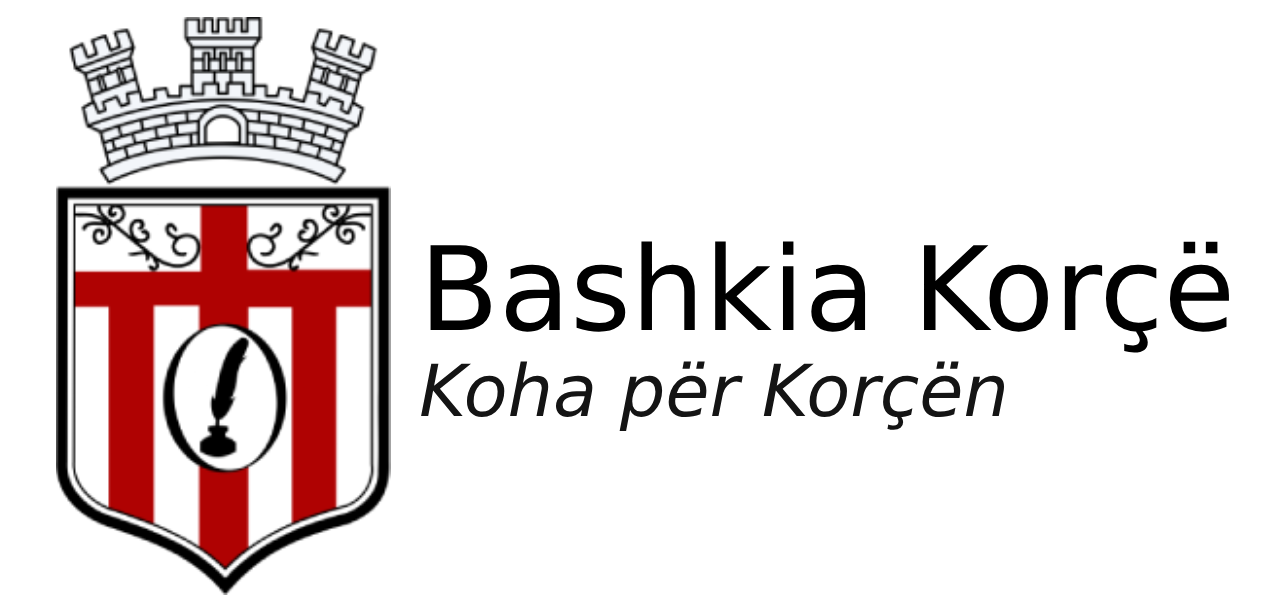In order to shed light into the antiquity and the origin of Korca, the archeological testimonies and the historical documents are based at the accidental findings found at Partizani hills and at the exit of the city on southeastern side. They refer to the time of the late antiquity and prove for the existence of an inhabited place. The ancient information, written by Gjon Muzaka in 1510, about the existence of the city of Korca comes from a chronicle about the history and genealogy of the Albanian, the big and feudal family of Muzakajve. When the writer counts the possessions of Andre Muzaka I, who received the title of Sebastokrator in 1280-1281 and who became the master of a huge region that lied down in the whole Central Albania up to the river Vjosa in the south with the capital Berat and which included among others Myzeqene, Tomoricen, Oparin, Devollin, Kosturin, he mentioned also Korca which he titled it a city.
From the register of Korca and Permet of the year 1431-1432, done immediately after the Turkish invasion, it comes out that the region of Korca was included in a vilajet with the center in Korca, which the Turks called it Gjorixhe. Korca exits as an inhabited castle with 26 houses.
The establishment from the Turks of the center of the region in Korca is not accidental. Here they found a well-build and important economical center which had a favorable position with a castle and bazaar and also a strong economy.
The end of the 15th century marks an important moment in the history of Korca. At this time the sultan Bajaziti II gives to Mirahor Iliaz beut for his merits of service a present: the village of Peshkopi to use it as his own property – mylyk.
In his own mylyk, he built a large mosque in 1496, which is preserved even today. It has all the necessary places: kitchen, store, bakery which together with the village of Peshkopi and his other properties where turned into holy places at the end of his life in 1505. During the 17th century there came two announces. From one document of the years 1647-1648 we learn that the traders of Elbasan in order to go to Venedik during the war Veneto-Turkish (1644-1669) used the long road with many stations Elbasan-Korce-Sajadhe-Korfuz-Venedik. Along the road they used to buy animal farming, artisan products and they sold manufacture products which were brought from Venedik. The 2nd announcement comes from the Kodik of Korca’s Metropolis which is about the date of the founding of the Kodik in the year 1676 from the archbishop of the 1st Justinian of Ohri, Parthenon from Korca, who let us know that Korca at this time was an archbishopric center and had its metropolis. At the middle of the 19th century, Korca was found in a period of prosperity that attracted more and more coming inhabitants from the vicinities. In the year 1859, Korca had 10.000 inhabitants, but after this period the increase of population was precipitated. In 1923 it became the biggest city of Albania with a population of 25.598 inhabitants. Here there are included also the increase of population of the burnt villages that found shelter in Korca during the Balkans and world wars.
The archeological findings in the field of Korca show that it is inhabited since the period of neolith. The traces of this period are found in two areas: in the village of Podgorie and at the place where the river Devoll joins Dunavec which refer to the oldest period of neolith and represent the oldest traces of the population of the field of Korca (6000-3000 before our era). The epoch of neolith in the field of Korca is closed down with the cultural layers of neolith that were discovered in the prehistoric station of Maliq. The epoch of cooper (3000-2100 before our era), whose traces were found in the prehistoric station of Maliq and later from the archeological excavations in the cave of Treni at the shore of little Prespa lake. Whereas at the epoch of stone (1000 before our era) the Illyrian society reached the highest level of economic, cultural and political development. This period in the region of Korca is documented from the discovery of a great number of residences and tumulus necropolis.
The ancient residence in the region of Illyrian tribe of enkelejve is related with the culture of Barci, an area where there are found some tumuli of the Illyrian period. The area of Korca has been of great importance for the spread of the Byzantium Christianity in Albania; a church was founded in 898. In 1280 in the documents of the medieval period it is mentioned a town called Coriza. Having a very favorable position in a basin like the field of Korca, it was transformed in a civilized center with a church of the 9th century, rebuild in the 14th century. The city of Korca was founded in the 15th century. It is mentioned in the 15th century in the written, ottoman sources when it was given as a feud Iliaz Mirahorit, for the participation in the conquering of Kostandinopoja. At the beginning it consisted of the Castle and near it the village of Peshkepi. The city was formed from the fusing of both of them. There were build a mosque, Turkish baths etc. and it was quickly developed into a trading and artisan center.

